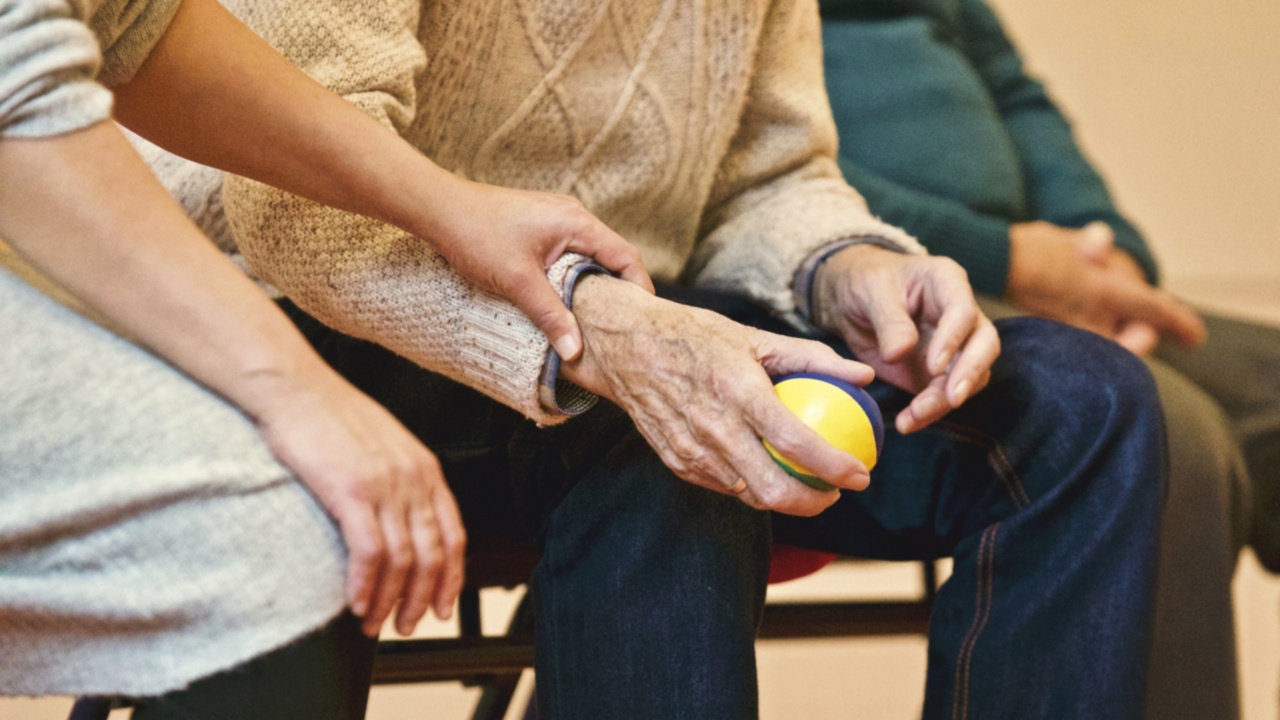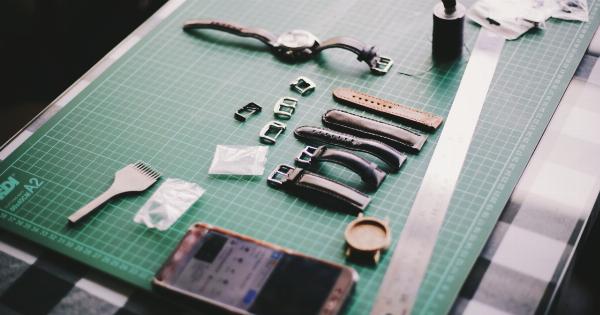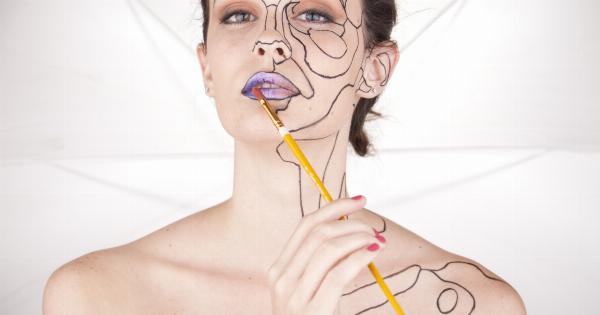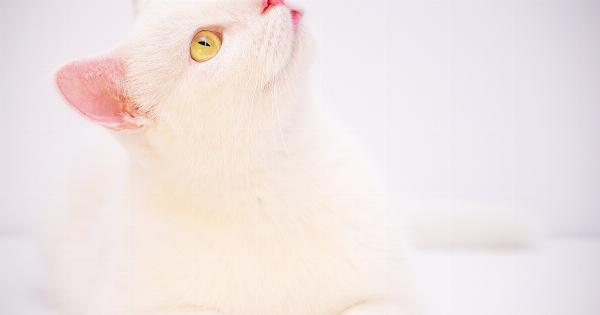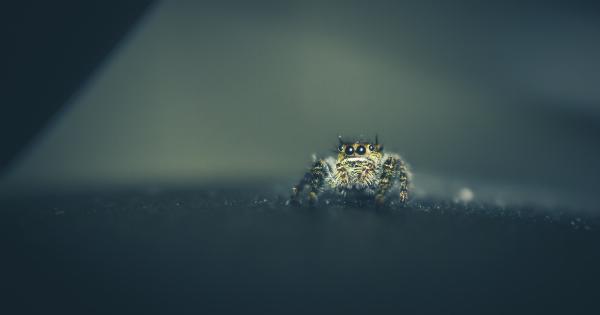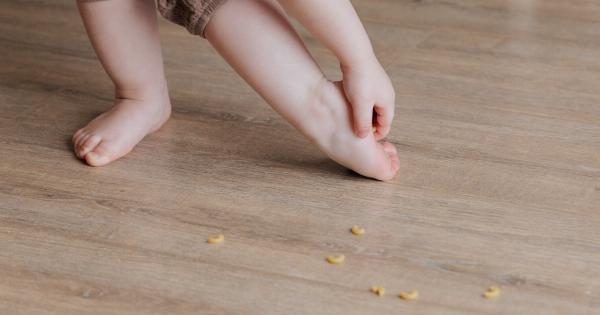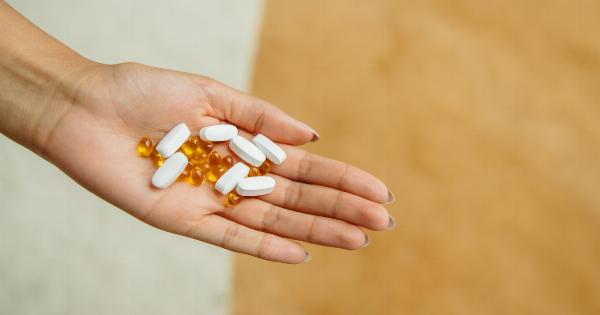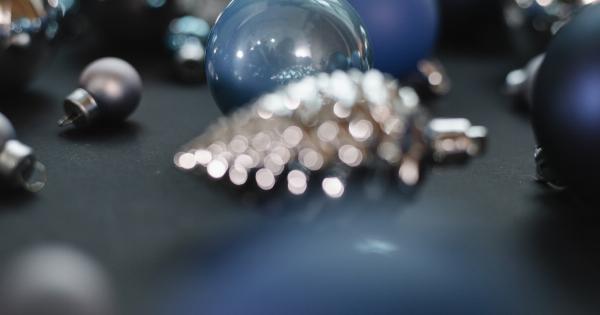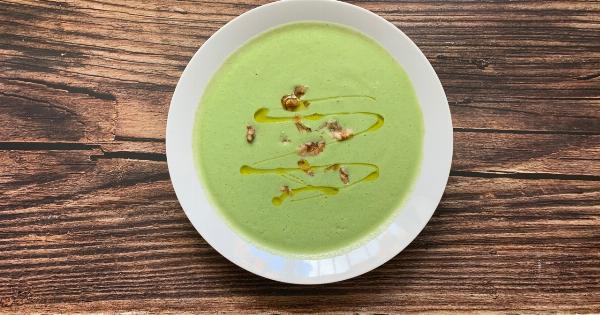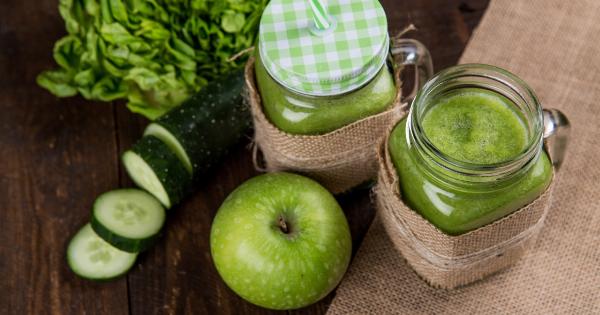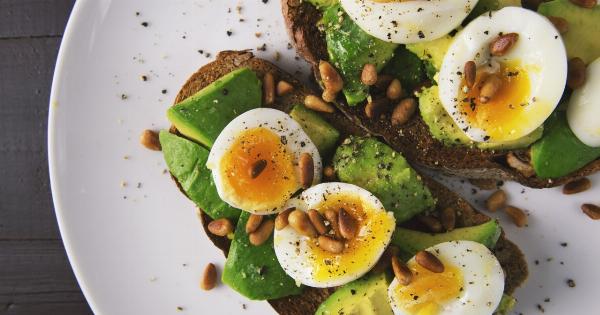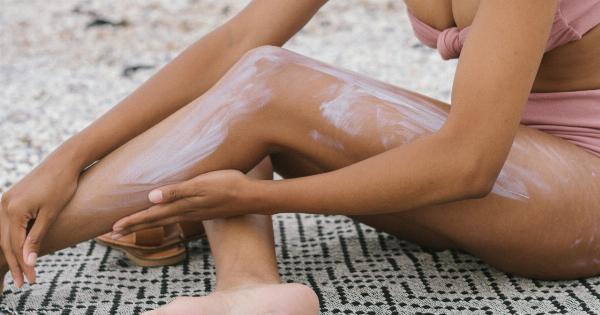Alcohol consumption has numerous physical side effects on the body, both short-term and long-term. It affects the liver, the brain, and the heart, to name a few. However, alcohol can also have a significant impact on skin health and the aging process.
This article will explore how alcohol consumption can exacerbate certain skin conditions and impact overall skin health and longevity.
Dehydration
One of the most common ways that alcohol affects the skin is through dehydration. Alcohol is a diuretic, which means it increases urine production and causes the body to lose water and essential electrolytes.
As a result, the skin can become dry, irritated, and flaky. Long-term dehydration can accelerate the aging process, making fine lines and wrinkles more visible.
Breakouts and Acne
Alcohol can also contribute to breakouts and acne. When consumed in excess, alcohol can disrupt the balance of hormones in the body, leading to an increase in sebum production.
This excess oil can clog pores, leading to pimples, blackheads, and whiteheads. In addition, alcohol can also weaken the immune system, making it more difficult for the body to fight off acne-causing bacteria.
Redness and Inflammation
Alcohol consumption can also cause redness and inflammation in the skin. This is because alcohol has a dilating effect on blood vessels, which can cause them to become more visible and prominent.
In addition, excessive alcohol consumption can lead to rosacea, a chronic skin condition characterized by redness, inflammation, and acne-like breakouts.
Puffiness and Dark Circles
Alcohol consumption can also cause puffiness and dark circles under the eyes. This is because alcohol causes blood vessels to dilate, which can increase blood flow and fluid retention in the face.
This can lead to bags and puffiness under the eyes, as well as dark circles and a tired appearance.
Loss of Collagen and Elasticity
Alcohol consumption can also lead to a loss of collagen and elasticity in the skin. Collagen and elastin are two proteins that are vital for skin health and help keep the skin looking firm and youthful.
However, excessive alcohol consumption can damage these proteins, leading to a loss of elasticity and firmness in the skin. This can make fine lines and wrinkles more visible and contribute to premature aging.
Slower Healing
Excessive alcohol consumption can also slow down the healing process of the skin. This is because alcohol can interfere with the production of new skin cells, which are necessary for repairing damaged skin tissue.
As a result, cuts, bruises, and other injuries may take longer to heal and may result in scarring.
Reduced Antioxidant Levels
Alcohol consumption can also deplete the body’s levels of antioxidants. Antioxidants are important molecules that help protect the skin from damage caused by free radicals.
When the body’s antioxidant levels are low, the skin may become more vulnerable to environmental damage, which can contribute to premature aging and other skin conditions.
Increased Skin Cancer Risk
Finally, excessive alcohol consumption has been linked to an increased risk of skin cancer.
A study published in the Journal of Clinical Oncology found that people who consumed three or more alcoholic drinks per week had a 20% higher risk of developing basal cell carcinoma, a form of skin cancer. In addition, alcohol consumption can make it more difficult for the body to repair DNA damage caused by UV radiation, increasing the risk of other types of skin cancer as well.
Conclusion
While moderate alcohol consumption may have some health benefits, excessive alcohol consumption can have a significant impact on skin health and longevity.
From dehydration and breakouts to loss of collagen and an increased risk of skin cancer, alcohol can exacerbate or contribute to a wide range of skin conditions. To maintain healthy, youthful-looking skin, it’s important to limit alcohol consumption and prioritize other healthy habits such as drinking plenty of water, avoiding sun exposure, and getting enough sleep.
